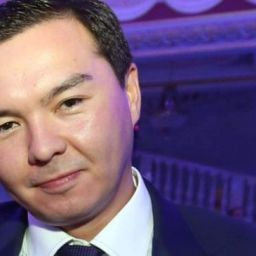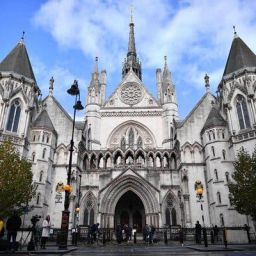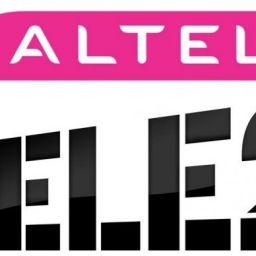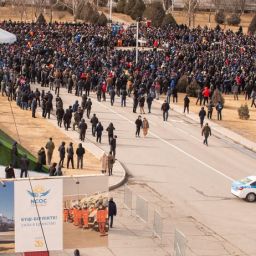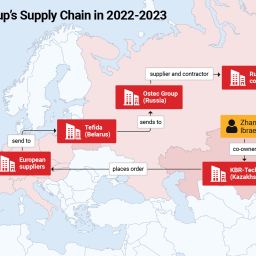As the wealth of Kazakhstan’s “oil prince” expanded so did his real estate portfolio, which now includes a U.K. mansion once owned by Prince Andrew.
About Kulibayev and his assets
Timur Kulibayev was born into power in 1966, the son of a Communist Party boss in the former Soviet Union. Raised in a western Kazakh oil city, he studied economics at one of Russia’s most prestigious universities. In Moscow, Kulibayev moved in the same social circles as the middle daughter of Kazakhstan’s future president. She would become his wife. Kulibayev’s connections to Kazakh elites fueled his rise in a series of powerful state-owned energy companies and trade associations as the Central Asian country was opening its economy to Western investment.
Known as the “oil prince,” Kulibayev, together with his wife, Dinara Kulibayeva, landed on Forbes’ billionaires list in 2007, thanks in part to investments in the oil and gas industry, as well as in banking, gold and telecommunications. As the couple’s wealth ballooned, so did their European property portfolio, which includes a U.K. mansion once owned by a member of the British royal family, castles in Germany and Switzerland, and a coveted Spanish estate overlooking the Mediterranean.
About the data
This is a selection of residential properties that ICIJ identified as belonging to Timur Kulibayev and members of his family. Between June and October 2024, ICIJ and its media partners reviewed land and property records, checked company registries, and reported on the ground to investigate the sprawling real estate empire in five European countries.
ICIJ’s research uncovered properties owned by Kulibayev and his wife, Dinara Kulibayeva, that were previously unknown, including in the United Kingdom and Spain. ICIJ also reviewed whether real estate previously reported on in the media was still linked to the billionaire Kazakh couple.
In some cases, the information was incomplete or difficult to obtain. These reporting roadblocks included:
- The majority of properties were ultimately acquired through companies incorporated in secrecy jurisdictions, such as the British Virgin Islands, Luxembourg and Singapore. The lack of transparency and tangled business arrangements helped to obscure the ultimate beneficial owners’ identities.
- Not all records from national land registries show the price paid for properties, including in Spain.
- Land registries and registries that collect beneficial ownership information are often not connected. The registrars of each may issue separate property identification numbers in official documents, as is the case in Spain. Reporters used satellite imagery to overcome this problem to identify the properties. This also helped reporters to describe properties’ size and facilities.
To read the full story and see the full map visit source: ICIJ

